

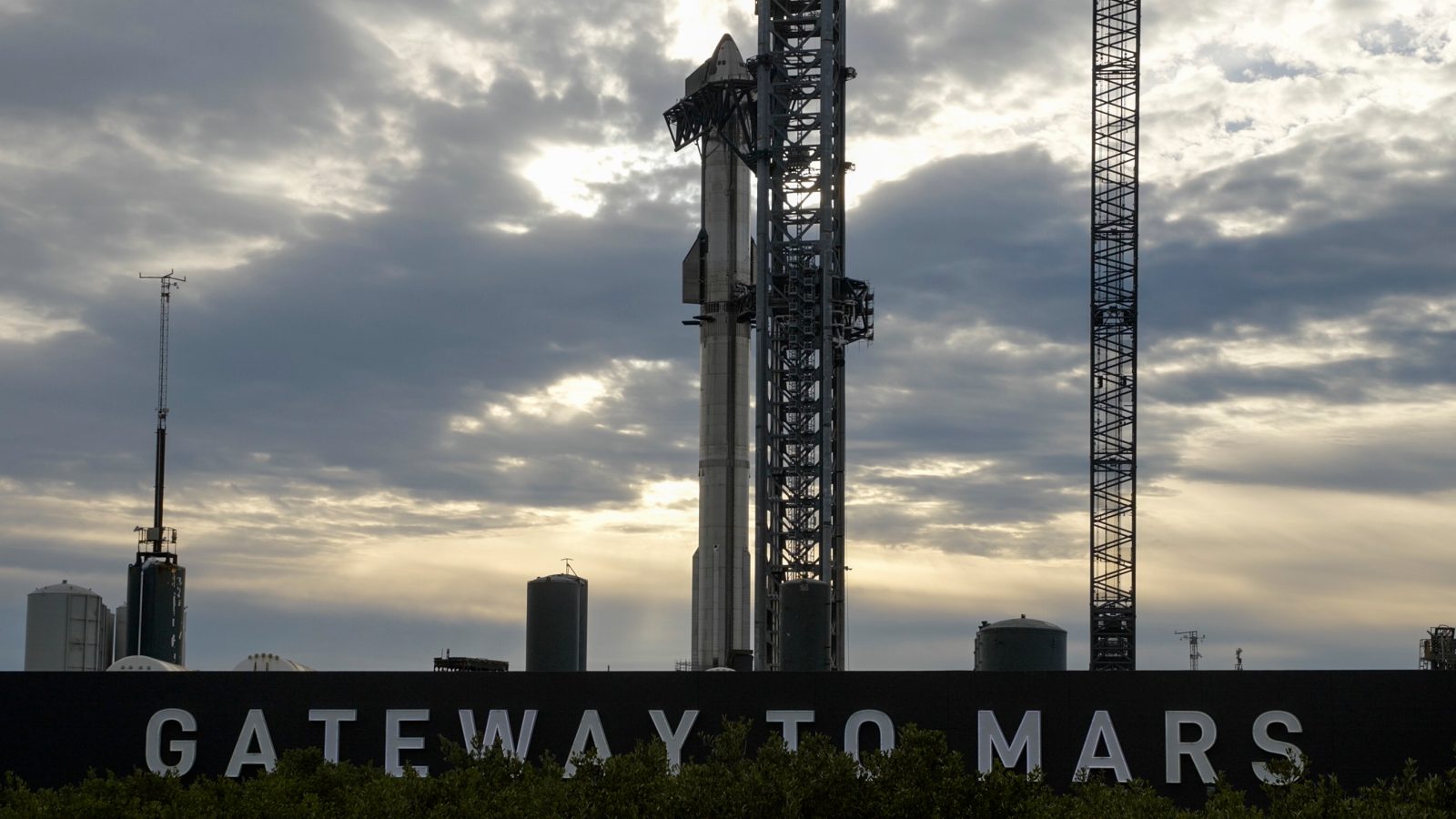
The FAA has approved Starship to launch once again, but this time it seems to have been written to give SpaceX the ability to launch again without another FAA investigation (if there’s a failure somewhere). The company is now making final preparations for launch on Thursday, June 6.
Expand Expanding Close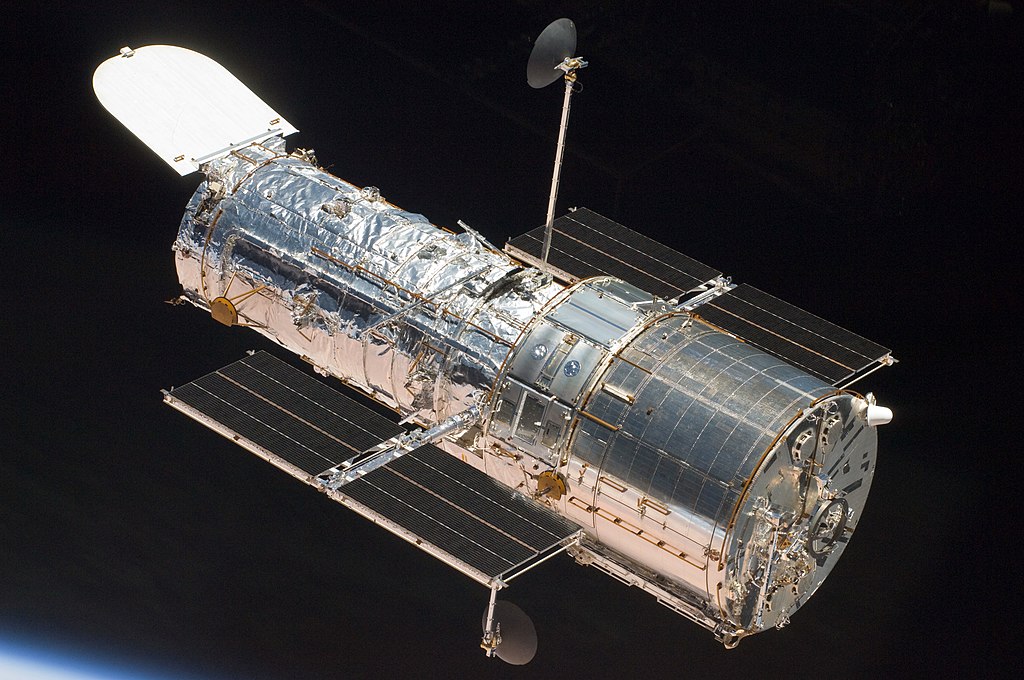
NASA held a conference today at 4:00 pm EST to report on the status of the Hubble Space Telescope (HST). It recently went into Safe Mode due to an ongoing issue with the Telescope’s gyros. The telescope uses these gyros to maintain its orientation in space.
Expand Expanding Close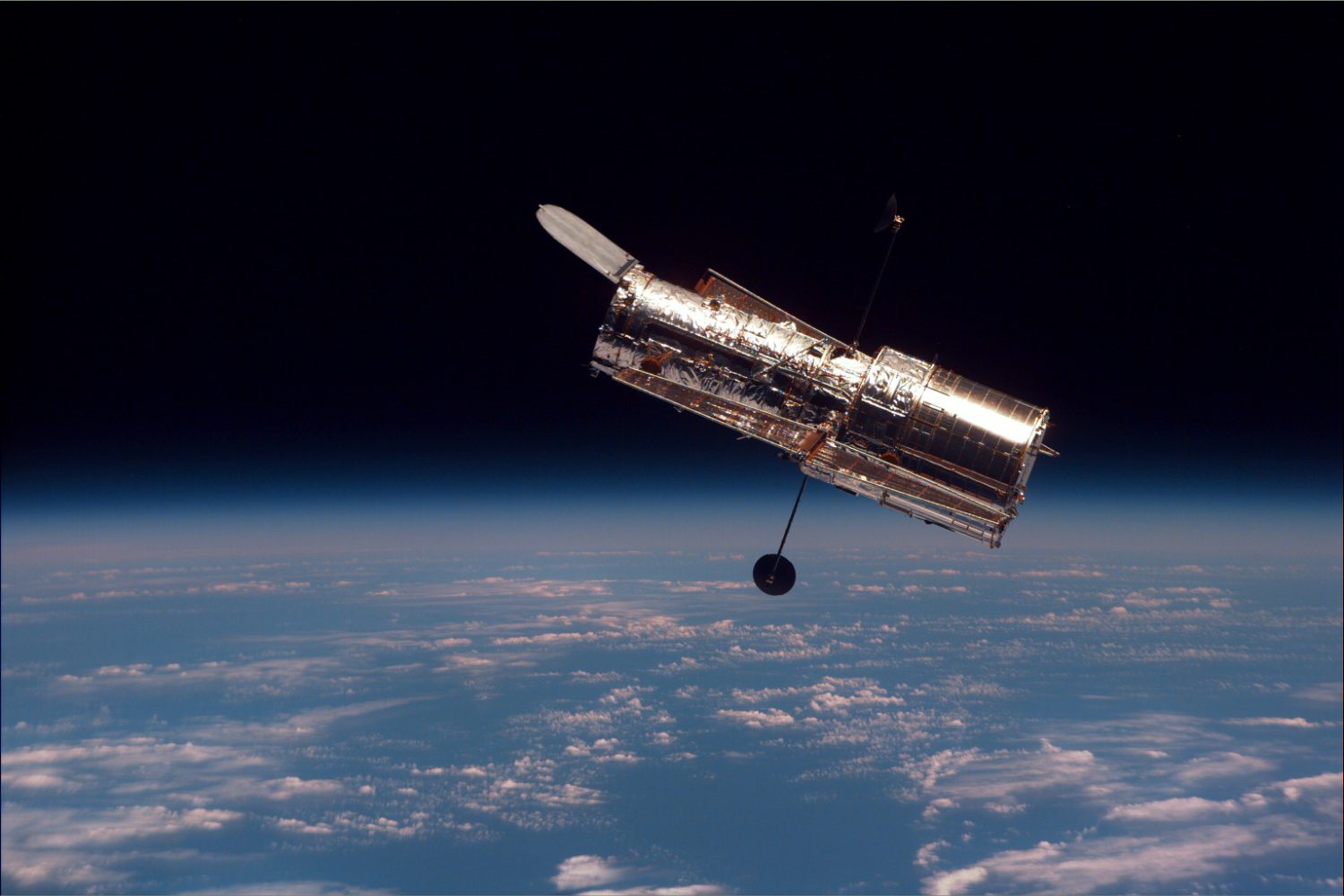
Over a week ago the Hubble Space Telescope went into sleep mode after one of its gyroscopes malfunctioned. NASA will lay out its plan for recovery at a press conference later tonight.
Expand Expanding Close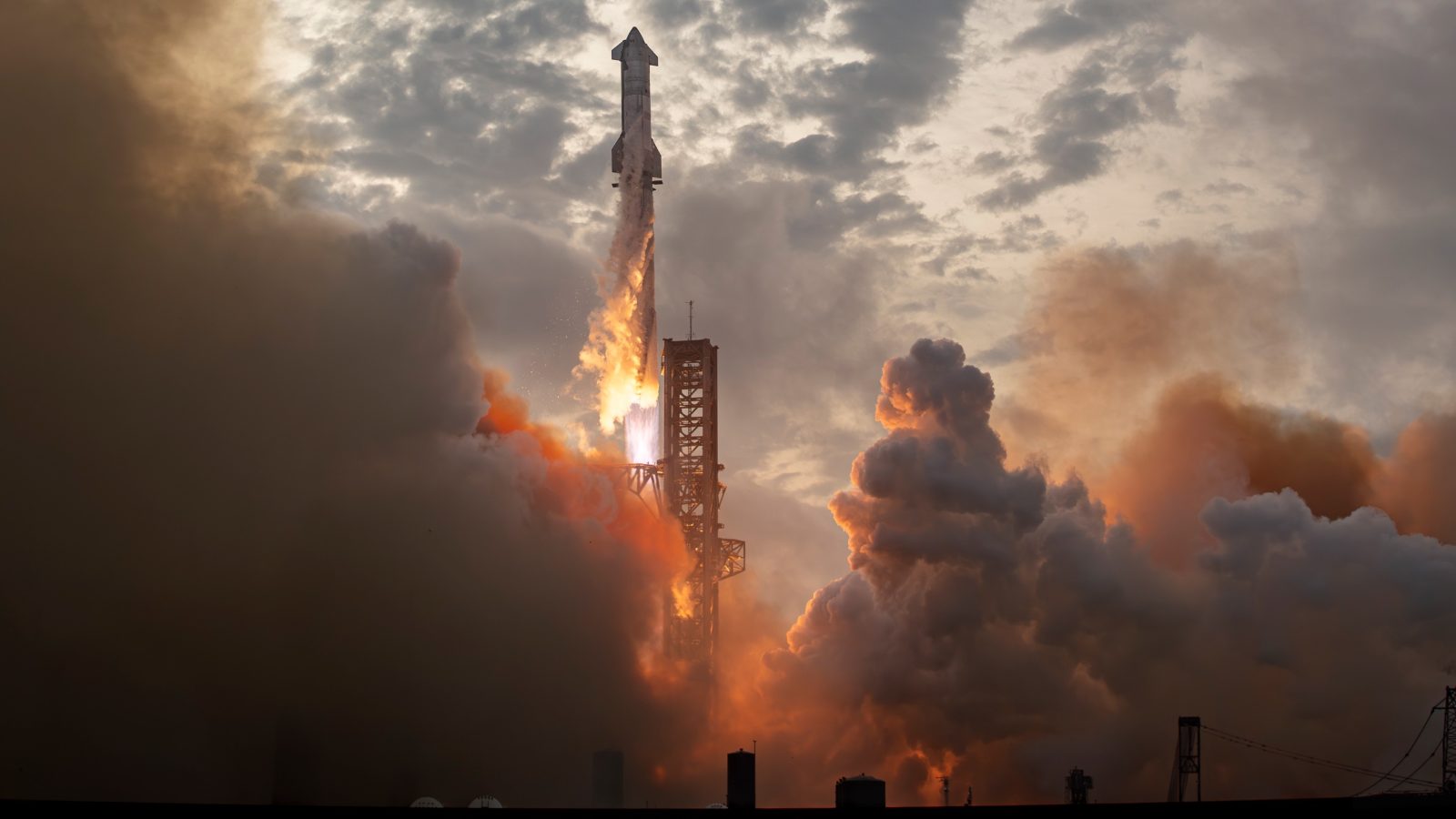
Spoiler alert: This is looking to be a very busy week for rocket launches and not a single one is coming from a company outside the US (Rocket Lab is an exception). Starship, Starliner, and Virgin Galactic all have big missions this week.
Expand Expanding Close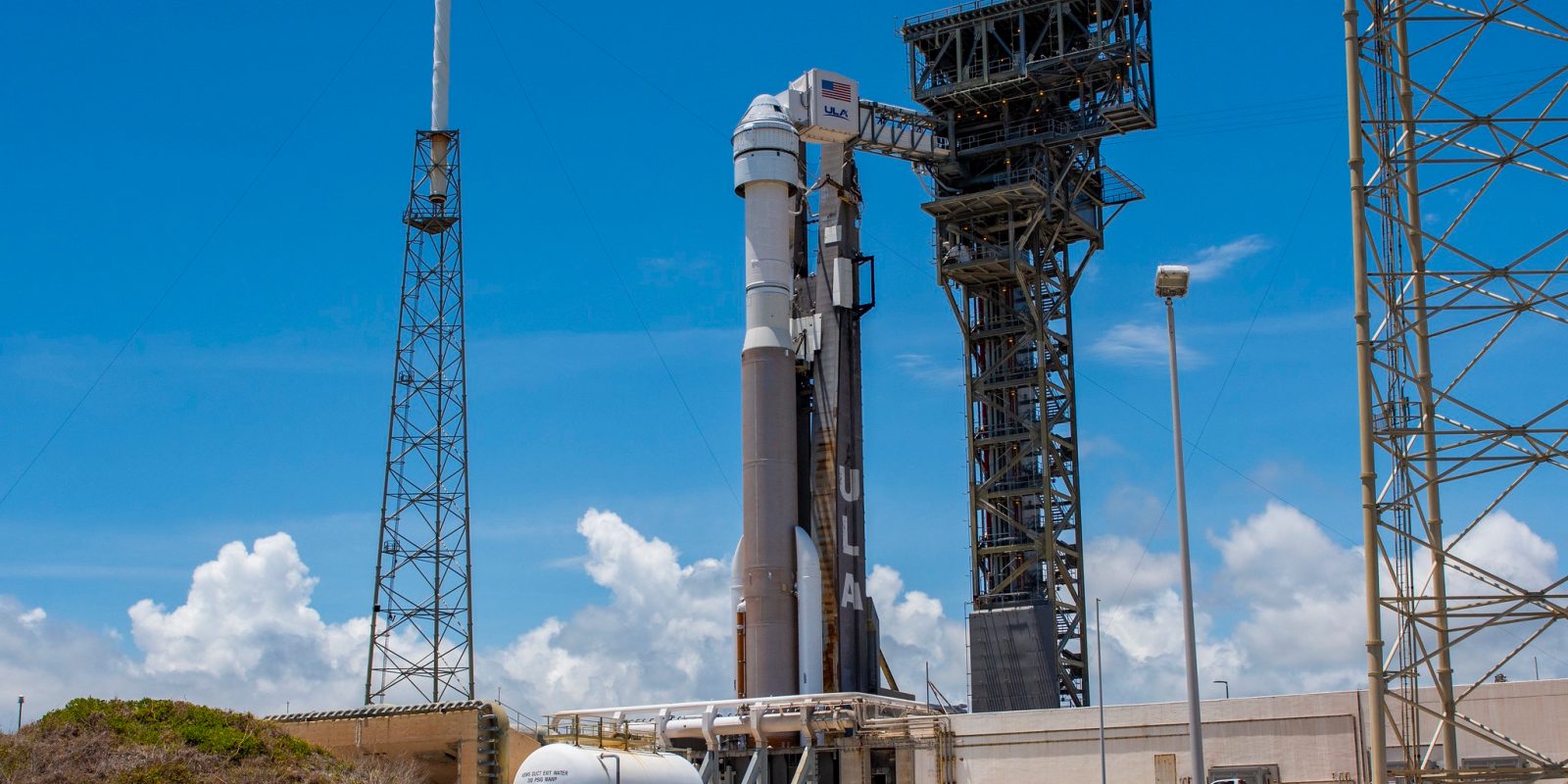
ULA has completed repairs to Atlas V‘s ground launch sequencer, which was the cause of Saturday’s last-minute abort to Boeing‘s first crewed liftoff. Starliner’s CFT mission has been rescheduled for Wednesday, June 5 at 10:52 A.M. ET.
Expand Expanding Close
Announced late Friday evening here in the US, the dearMoon mission to launch a team of artists and athletes around the Moon is no more. Its creator canceled the mission due to no near-term schedule certainty.
Expand Expanding Close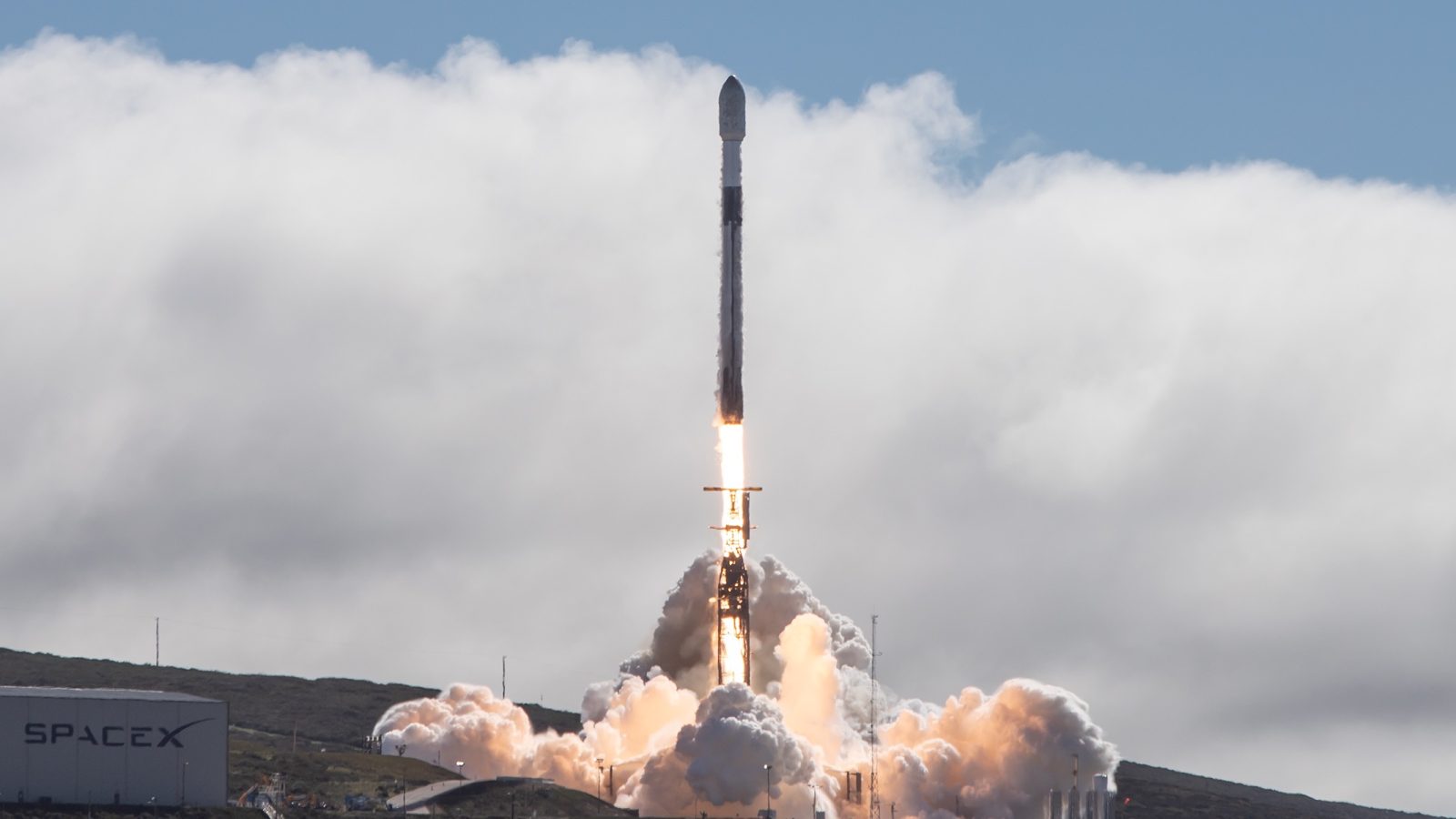
At 2:30 P.M. PT SpaceX plans to launch the ESA and JAXA mission called EarthCARE from Vandenberg Space Force Base, California. The Falcon 9 rocket will lift off from SLC-4E with the booster making a landing at LZ-4 just a few hundred feet from the launch pad.
EarthCARE will study Earth’s clouds and aerosols to better understand global warming and the changing climate of our planet.
You can watch live coverage from ESA already live on their YouTube channel. SpaceX’s coverage will begin closer to launch over on X.
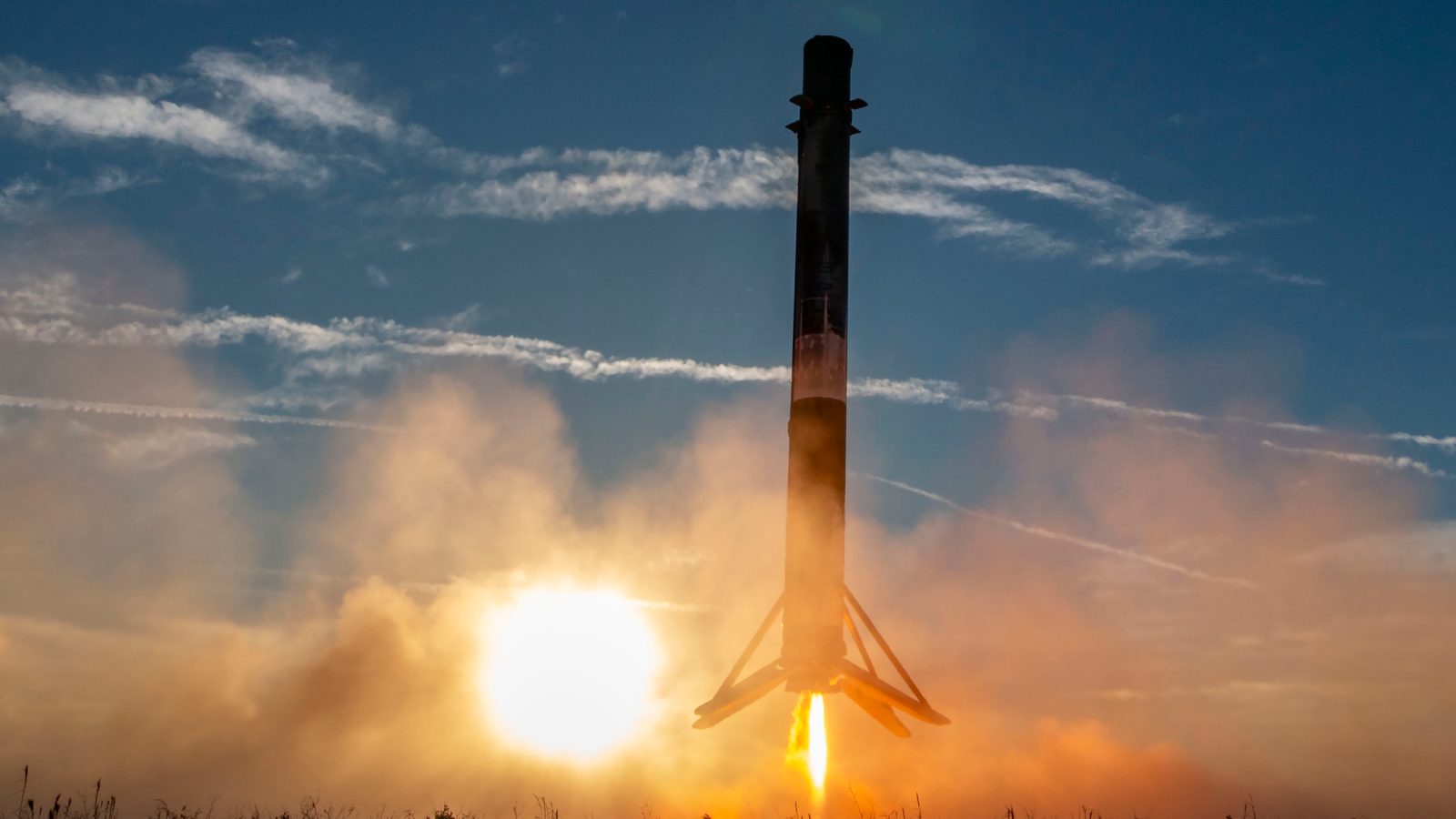
Alongside possibly two other missions, SpaceX is launching a science mission co-sponsored by ESA and JAXA, beating both agencies home-built rockets. This week we’ll also see a resupply mission to the ISS by Russia and two mysterious launches from a Chinese company within a few days of each other.
For the fourth time, Boeing’s Starliner CFT makes an appearance as it struggles with leakage and propellent issues in the spacecraft’s service module.
Expand Expanding Close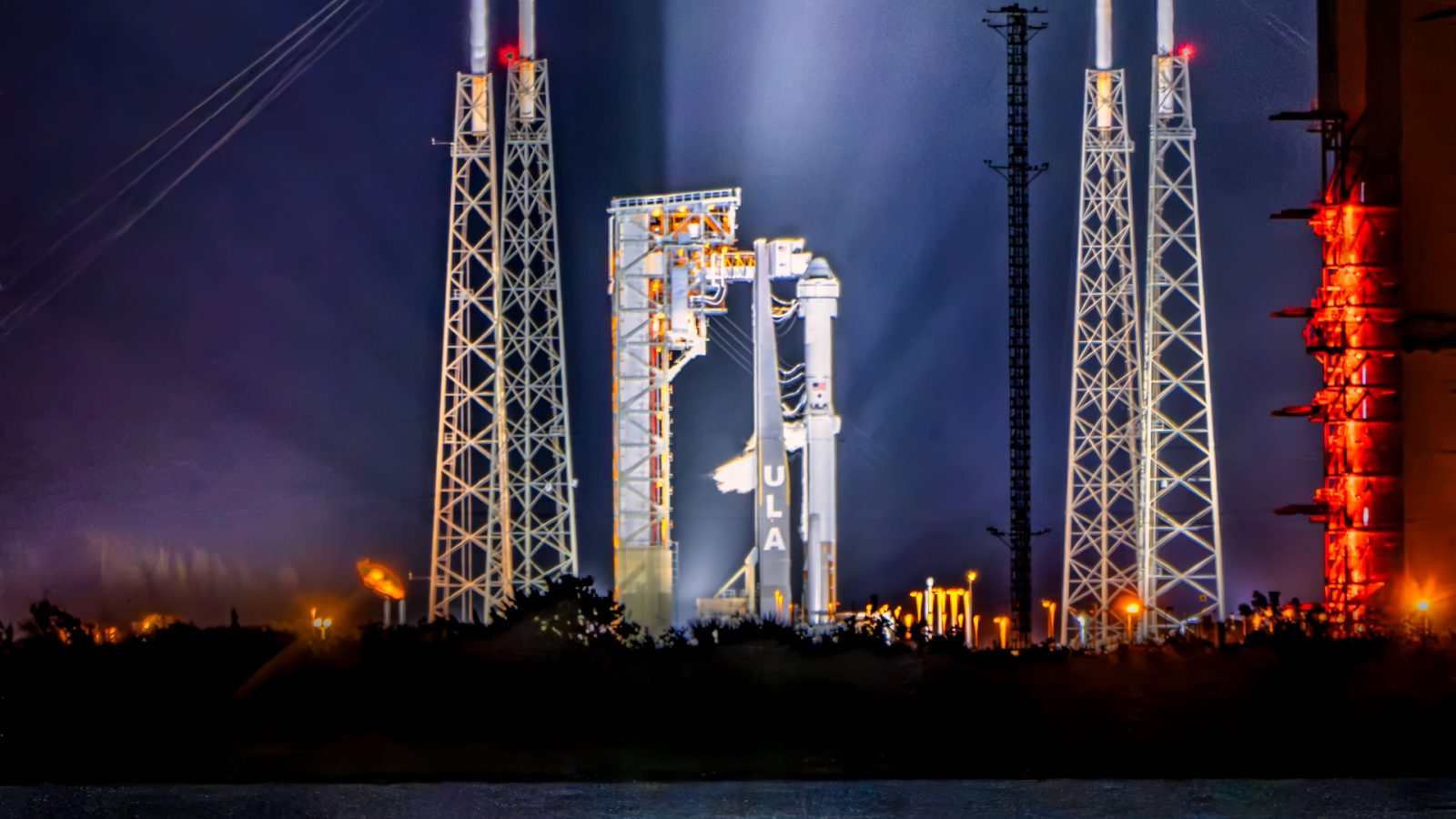
It seems like this is again not Starliner’s week, as NASA and Boeing pushing the launch of the first crewed Starliner spaceflight back from the May 25th launch date. The new launch date is no earlier than June 1, one week later. However what is going on with Starliner is less than clear.
Expand Expanding Close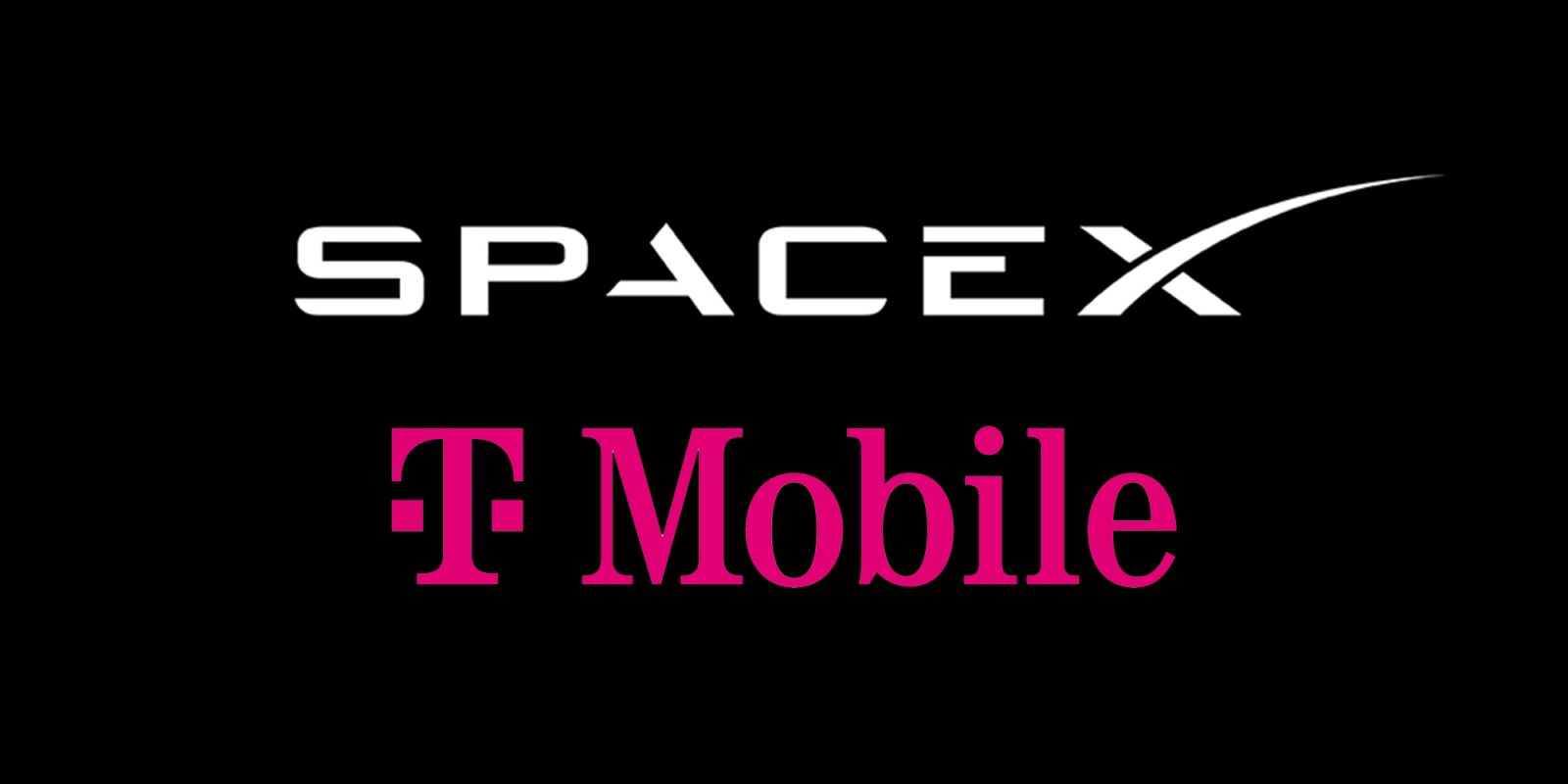
SpaceX has been cooking up Starlink-backed satellite cell service for a while now, and the company just demoed a major milestone.
Expand Expanding Close
This week will be the third week in a row the headline launch is supposed to be Boeing’s Starliner Crewed Flight Test. SpaceX is also planning another banger of a week with three launches and Rocket Lab shows up again.
Expand Expanding Close
In 2022 NASA and representatives from SpaceX and the Polaris Program gave a press conference announcing a study to boost and service the aging Hubble Space Telescope. However, in an NPR report, NASA officials and study reviewers are not yet sold on the need for such a risky mission.
Expand Expanding Close
After flying for over 50 years, NASA’s DC-8 aircraft was flown to Idaho State University with preparation to decommission it and hand it over to the university. The long serving research aircraft has served many roles for NASA but is most known for its Earth science missions.
Expand Expanding Close
Whether you believe AI is the future of humanity’s next greatest step or it will slowly destroy the world, it is here to stay. NASA believes this too as this week they announced they have appointed one of their chief civil servants to the role of Chief AI Officer.
Expand Expanding Close
ULA announced last week that it will be building a second cargo ship capable of transporting its Vulcan rocket hardware from its factory in Decatur, Alabama and its launch sites on both the East and West Coasts. The press release also emphasizes the importance Amazon‘s Kuiper satellite constellation plays in Vulcan’s launch services.
Expand Expanding Close
Following a long delay in flights, Blue Origin is returning to crewed spaceflight missions for its New Shepard rocket, with a launch date scheduled for May 19. The missions will carry six customers to an altitude just above the Karman Line.
Expand Expanding Close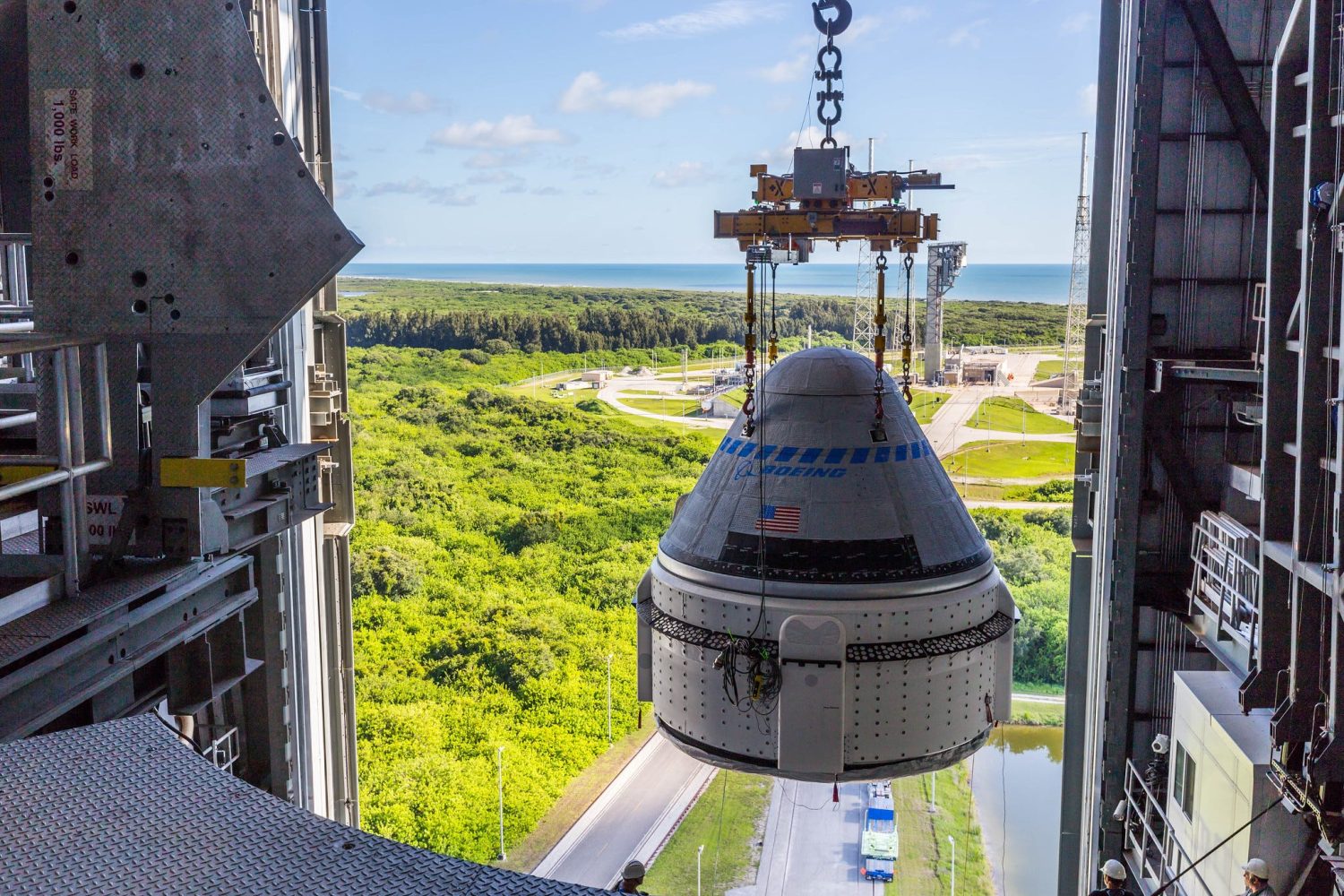

Once again the big story this week will be the reattempt of Boeing’s CFT mission to the International Space Station. After a week of analysis, ULA is changing out a valve on the rockets upper stage which is what caused the abort last week.
Expand Expanding Close
As the sun began to set Friday evening, I sat on the quad in front of our library playing with friends and observing the sparse clouds glow with an incredible orange bloom. The moon, only a small crescent, began to appear above a large tree. It was cold, but a nice Friday evening after a long week of classes and projects. Throughout the day I posted to Instagram and Twitter, sharing the hope that we, in Exeter, New Hampshire, would see the aurora borealis tonight. Only a few friends took interest as I showed them photos from across Europe. Some took an interest in the science and asked how and when we could see them.
Expand Expanding Close
Over the last few weeks, SpaceX has hit the major 20 flight milestone on not one but three separate boosters. The company is moving on and hoping to now get way more launches out of what was supposed to be a ten flight limit.
Expand Expanding Close
After an extremely smooth countdown and crew egress, ULA controllers called a scrub Starliner’s Crewed Flight Test a few hours before planned liftoff due to a misbehaving valve. While the problem is a known issue by ULA, it will take a few days to trouble shoot, meaning the next launch attempt won’t be until at least Friday.
Expand Expanding Close
After a long road of delays, technical failures, and two inflight tests, Boeing‘s Starliner is finally at the pad and ready to launch later today. The mission will be a major milestone for Boeing, who is desperate for a win right now, but it might show that the world has moved on from legacy providers.
Expand Expanding Close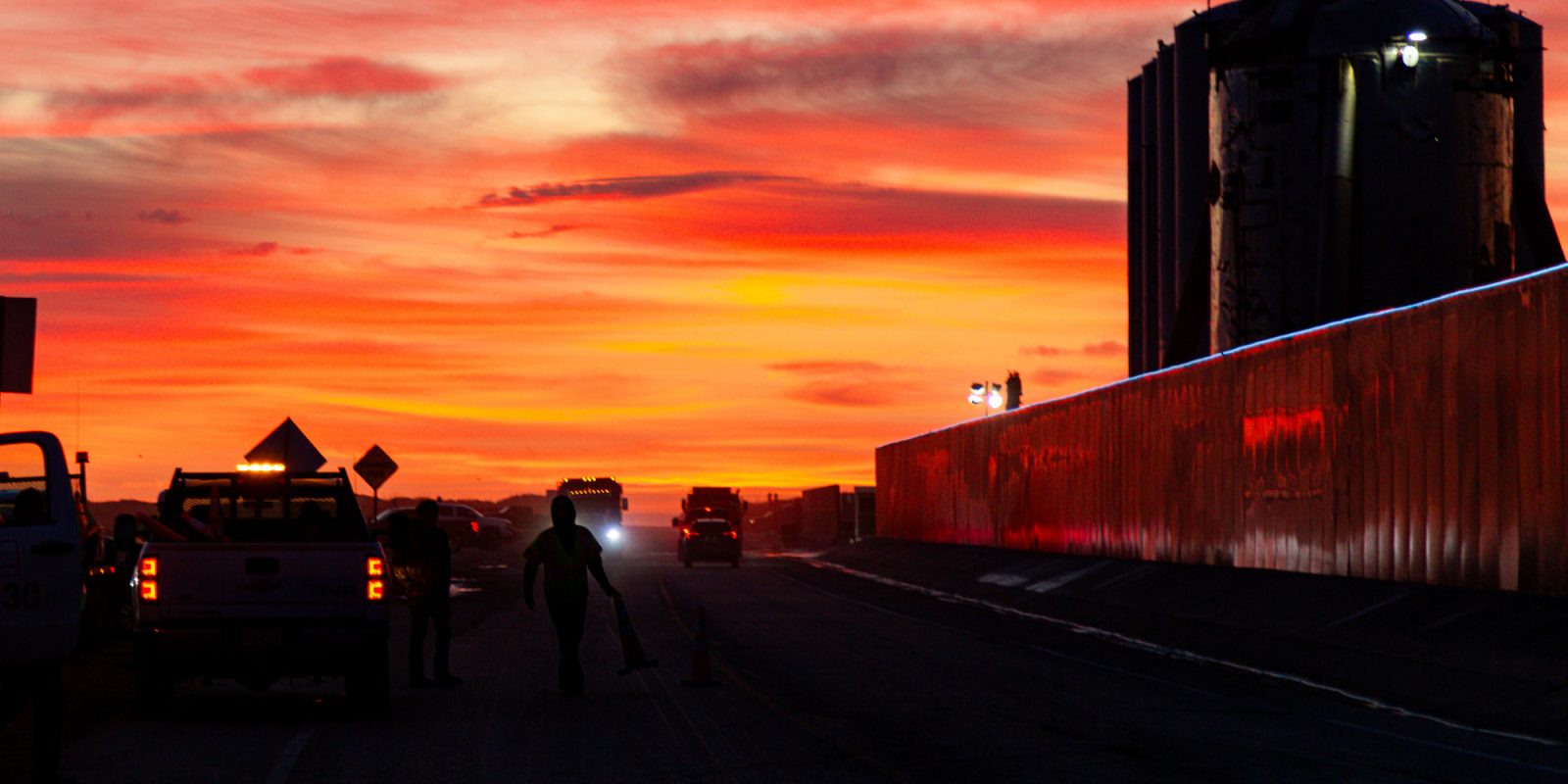
In a report by Reuters, the publication uncovered SpaceX‘s continued high injury rates have yet to come down from years prior. For some locations, SpaceX is over nine times higher than the industry average.
Expand Expanding Close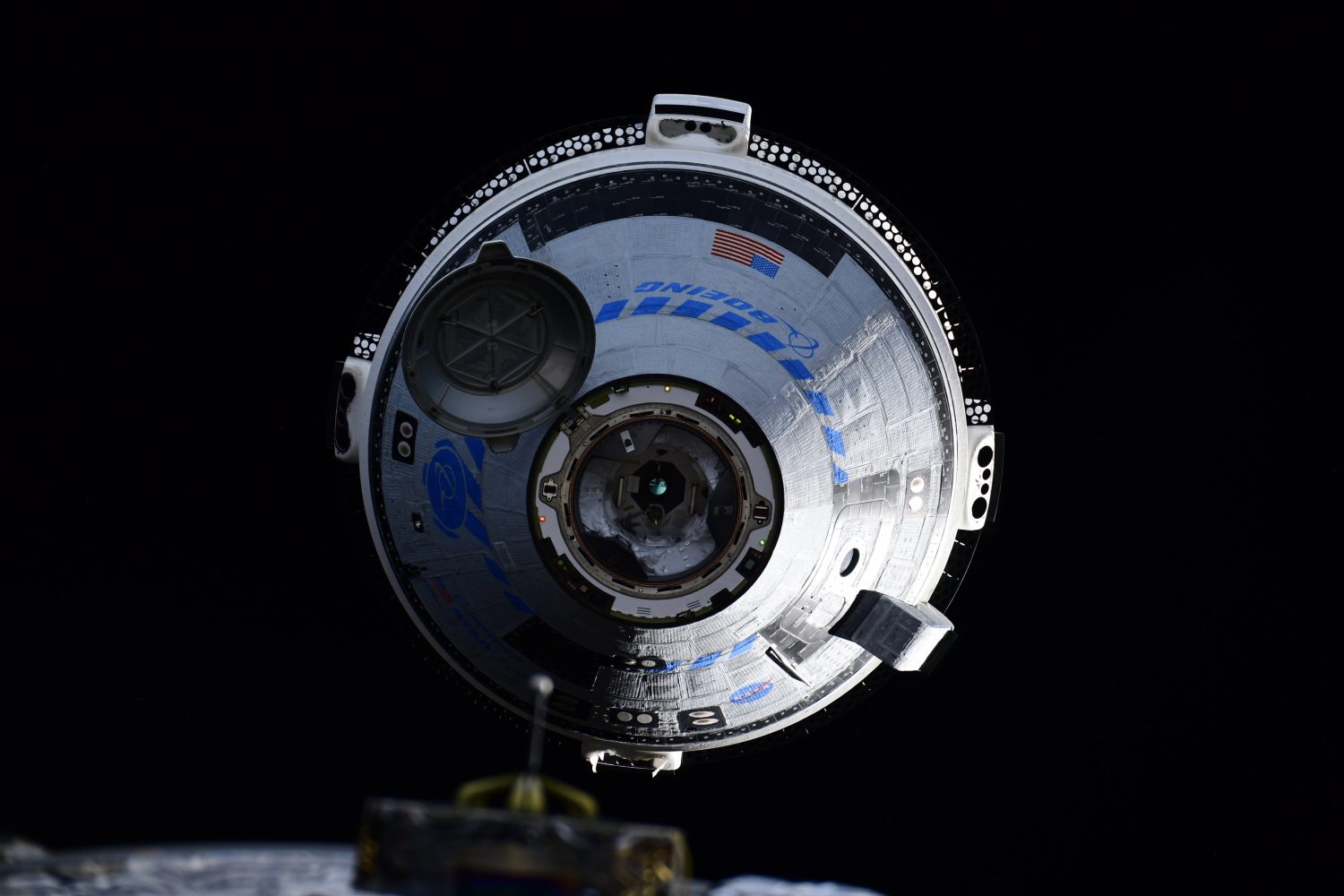
By the end of the week the International Space Station will be fully ready to support Boeing Starliner’s Crewed Test Flight with an opening on the forward docking port on the station’s Harmony Module. This will be completed with the reshuffling of two SpaceX Dragon spacecraft.
Expand Expanding Close